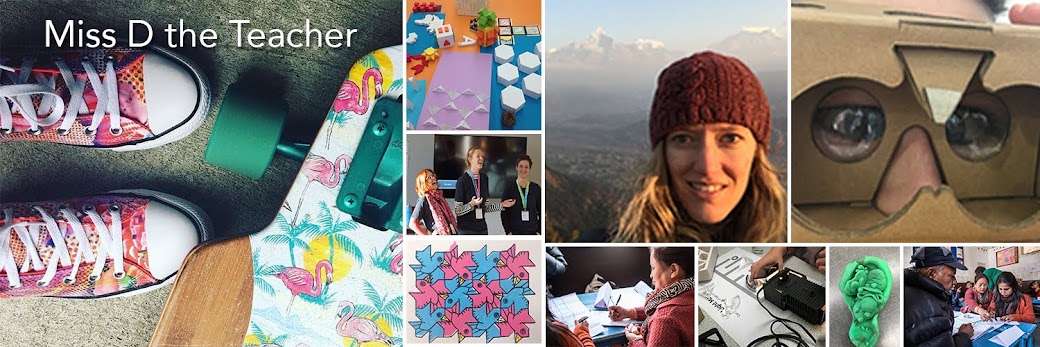At Hobsonville Point Secondary School, we want to personalise learning. We want our kids to love learning. And we want the learning for both academic and personal dispositions to be rigorous. You might be curious about how a public secondary school is trying to achieve this. So here is the cheat sheet...
Start with Claire's blog post that describes the different structures of our school. Then read Megan's blog post that describes the anatomy of our learning hubs. And then, read through the modules we are offering for term two. In short though, modules cover the curriculum whilst learning hubs is where we develop the whole learner and where we make and develop our connections with families.
We still teach maths, english, science and so forth. But we do things a little differently. For example, you can choose how you do your maths and science in term two... So everyone is learning about maths and science, but you can choose to do it it in a visual arts context, a food and culture context or a social science context.
You might wonder what this looks like in practice...Below is a comparison between one of the modules I taught this term with Ros MacEachern called Larger than Life. You can see that I still taught statistics, however I just wrapped it in a context. And this clever wrapping allow us to personalise whilst providing rigour and curriculum coverage.
What
we do:
Maths
at HPSS
|
New
Zealand Curriculum
|
Modules take the place of subjects at HPSS. A module combines
two or three subject areas. Students who have additional interests in maths
will be able to gain extra coverage in
SPINS (special interest modules) which focus on extended coverage of
learning areas
|
The New Zealand curriculum dictates what all students across the
country should be learning at school
From the New Zealand Curriculum: In a range of meaningful contexts, students will be engaged in
thinking mathematically and statistically. They will solve problems and model
situations.
|
Larger Than Life: (combining English and Maths) Under the English component of this
module, students produced their own blog or vlog.
Students in this module:
|
In statistics
students will:
Flow chart
from NZ Maths http://www.nzmaths.co.nz/elaborations-level-five-statistics
|
Of course, because the learning for every student looks different, we need to make sure there is consistency across the modules. This is gained from the learning design model which was constructed by pulling the New Zealand curriculum to pieces and the putting it back together again. Just one term in and most of the students are able to verbalise the main parts of the model and understand its process on driving learning.




We Offer Loan At A Very Low Rate Of 3%. If Interested, Kindly Contact Us. email us at (fastloanoffer34@gmail.com) /whats-App Contact Number +918929509036
ReplyDelete